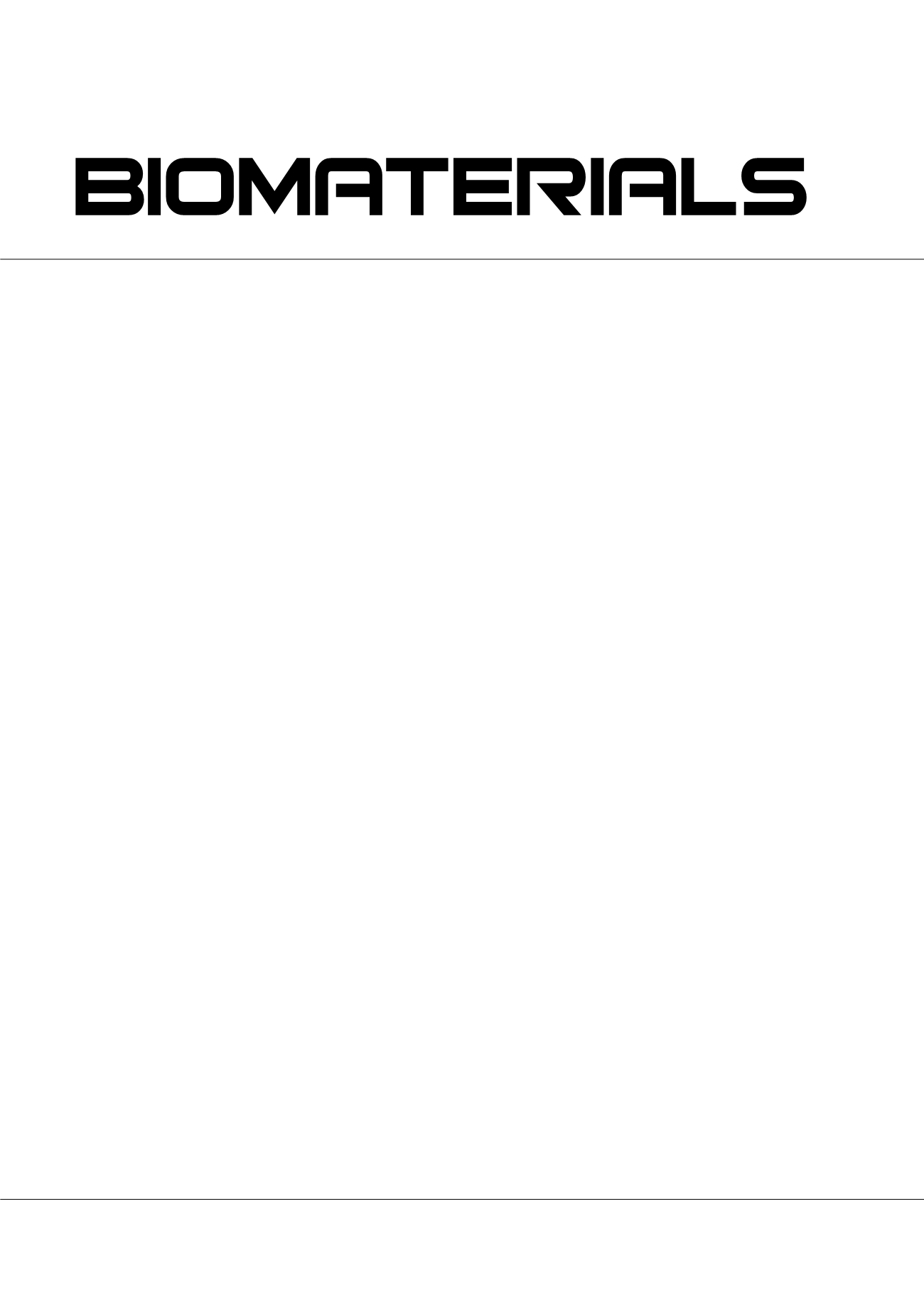

Page 80
Notes:
conferenceseries
.com
Volume 7, Issue 2 (Suppl)
J Biotechnol Biomater
ISSN: 2155-952X JBTBM, an open access journal
Biomaterials 2017
March 27-28, 2017
2
nd
Annual Conference and Expo on
March 27-28, 2017 Madrid, Spain
Thangavel Ponrasu et al., J Biotechnol Biomater 2017, 7:2 (Suppl)
http://dx.doi.org/10.4172/2155-952X.C1.074Sun light exfoliated reduced graphene oxide loaded isabgol scaffolds accelerates collagen synthesis,
vascularization and wound healing in diabetic rats
Thangavel Ponrasu
1
, Vignesh Muthuvijayan
1
and
Lonchin Suguna
2
1
Indian Institute of Technology Madras, India
2
Central Leather Research Institute - CSIR, India
Statement of the Problem:
Diabetes mellitus (DM) is one of the major health concerns with increasing prevalence. Wounds in
diabetic patients are slow to heal and persist for fewmonths under proper wound care and management. Pathophysiology of impaired
diabetic wound healing is still unclear and it is presumed that delayed healing is due to the persistence of prolonged inflammation
and an inadequate angiogenic response. However, an ideal wound dressing material can act as a protective barrier against pathogens,
help in cell attachment, proliferation, migration and differentiation during wound healing process.
Methodology:
Fabrication of the reduced graphene oxide loaded isabgol (Isab) scaffolds (Isab/rGO) was prepared by freeze drying
method using STMP crosslinking. Biocompatibility of the Isab/rGO scaffolds was carried out in NIH 3T3 fibroblast cells. Then, these
scaffolds were used as a topical wound dressing material to assess the normal and diabetic wound healing efficacy using 2×2 cm
2
full thickness open excision wounds in Wistar rats. Granulation tissue collected from wounds was used to evaluate the biochemical,
biophysical, histopathology and immunohistochemistry analyses.
Results:
Isab/rGO scaffolds are biocompatible in NIH 3T3 L1 cells and it also showed significant antibacterial activity. Isab/rGO
scaffolds treatment showed increased wound contraction (p<0.05) compared to control and isab scaffold both in normal and diabetic
wound healing. Period of epithelialization is also significantly reduced in isab/rGO scaffolds treated normal and diabetic wounds
compared to isab and control. Histopathology and immunohistochemistry results also revealed that the isab/rGO scaffold dressing
accelerated macrophage recruitment and neovascularization to heal the wounds faster.
Conclusion & Significance:
These results demonstrated that incorporation of rGO in isabgol can reduce the prolonged inflammation
and enhance the wound healing by accelerating the neovascularization and collagen synthesis. Hence, isab/rGO scaffold could be an
inexpensive wound dressing material for diabetic wound healing application.
Biography
Thangavel Ponrasu has completed his MSc, MPhil and PhD in Biochemistry. He has expertise in diabetic wound healing. During his PhD, he has gained hands
on experience in toxicity evaluation in zebra fish embryos and screening medicinal plants for diabetic wound healing. Currently, he is pursuing his Post-doctoral
research in the Department of Biotechnology, IIT Madras, India from July 2014. During his Post-doc, he is developing novel, inexpensive wound dressing materials
to enhance diabetic wound healing. He has published 22 papers in peer reviewed journals so far. He has attended many national and international conferences to
present his research findings. He is focusing on the development of inexpensive wound dressing materials to heal the diabetic wounds much faster.
tponrasu@gmail.com















